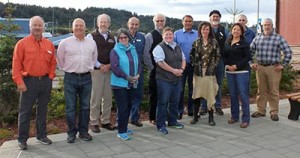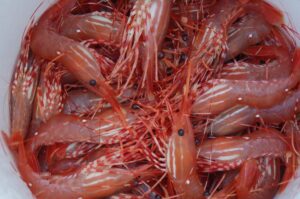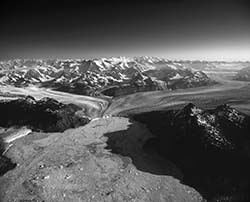
On Friday, September 18, 2015, the council’s board of directors unanimously passed a resolution in support of the “Reopener for Unknown Injury” from the Exxon Valdez oil spill. Multiple citizens called in during the public comment period to voice their opinions about this important issue.
Media release: Citizens’ Oversight Council calls for Agreement on Exxon Valdez Oil Spill Restoration
Resolution 15-07 – “Supporting Habitat Restoration Pursuant to Damages Caused by the 1989 Exxon Valdez Oil Spill – in support of a meeting between the United States, the State of Alaska, Exxon, Inc., and the Exxon Valdez Oil Spill Trustees Council.”
Full text of Resolution 15-07
Supporting Habitat Restoration Pursuant to Damages
Caused by the 1989 Exxon Valdez Oil Spill
WHEREAS, the Exxon Valdez Settlement Agreement contains a reopener clause allowing the federal or state government to request additional funds from Exxon due to unanticipated remaining oil in the environment and subsequent failure of species to recover within Prince William Sound;
WHEREAS, in 2006, the United States and the State of Alaska presented to Exxon a comprehensive project plan for the cleanup of lingering oil at an estimated cost of $92 million;

